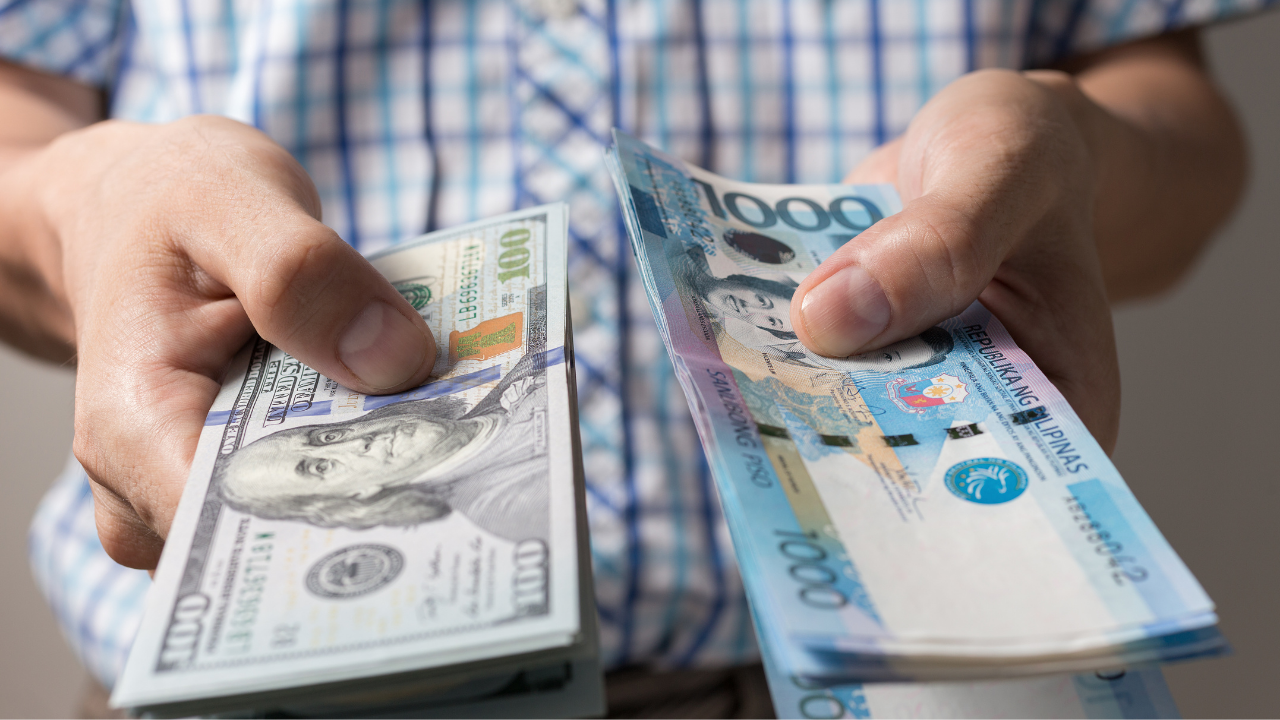UK think tank: Peso to rebound soon
MANILA, Philippines—While the peso is currently the region’s most depreciated currency against the US dollar, think tank Pantheon Macroeconomics expects a rebound coming soon.
“The immediate question is how much weaker the peso can go. It’s the worst-performing currency in Asean year-to-date and is flirting with the all-time lows of the early 2000s,” said Miguel Chanco, chief emerging Asia economist at Pantheon Macroeconomics, in a report on Wednesday (July 13).
But for Chanco, “the reassuring news is that a sharp retracement appears to be on the cards,” referring to a reversal to the peso’s strength against the greenback.
“The peso’s plunge on a year-over-year basis is looking increasingly overdone, as it hasn’t been accompanied by a similar decline in real terms,” said Chanco.
“Such a divergence isn’t sustainable, as previous instances have shown. The peso now also looks undervalued, relative to its real effective exchange rate over the past two years,” he said.
Depreciation pressures on the peso mainly came on the back of the yawning trade-in-goods deficit. It did not help that the monthly trade gap in May—$5.86 billion—was the biggest on record, the latest government data last Tuesday (July 12) showed.
“The Philippines’ trade deficit plunged to a new low in May, underscoring the fundamental downward pressure on the peso, alongside the weight of the Fed’s more aggressive tightening of policy,” Chanco noted.
Referring to the wider trade deficit, Chanco said “it was the result of a continued pullback in exports, which suffered a second-straight 3.4 percent month-on-month decline, and an outperformance in imports based to a large extent on price effects, rather than firm underlying demand.”
“Purchases of commodities, minerals and fuel accounted for just over 50 percent of the May gain, consistent with their outsized contribution to the lofty year-over-year rate,” Chanco said.
“Historically, these goods made up roughly only 15 percent of imports. To be sure, purchases of capital goods enjoyed a double-digit jump, too. For now, though, we’re not getting carried away by this one-off leap, as it’s inconsistent with the flat trend since December and with capex plans still subdued,” Chanco said, referring to capital expenditures.
Earlier this week, Chanco noted that many investors in the Philippines weren’t too excited to expand just yet even as the administration of President Ferdinand Marcos Jr. wanted a larger private sector role in infrastructure and agricultural development.


